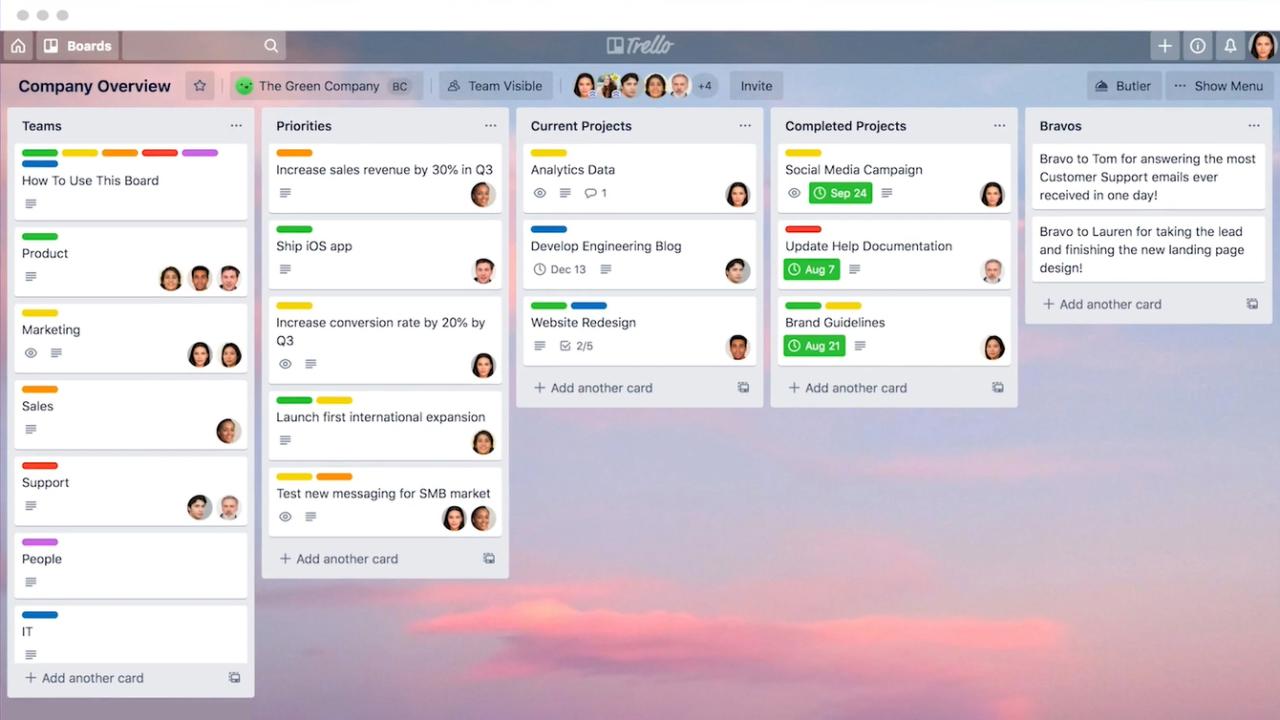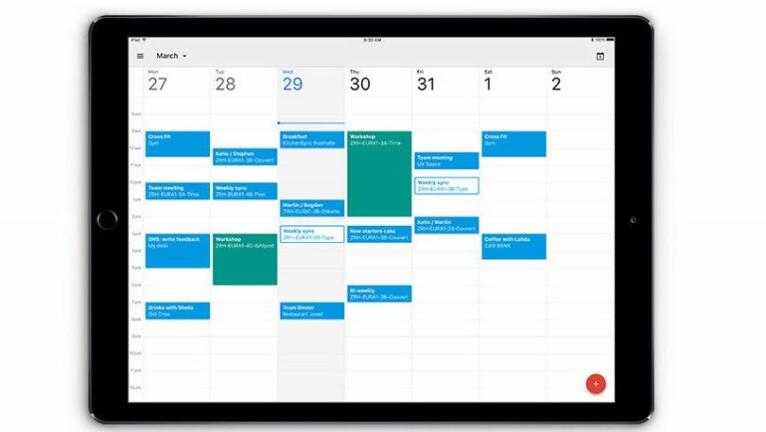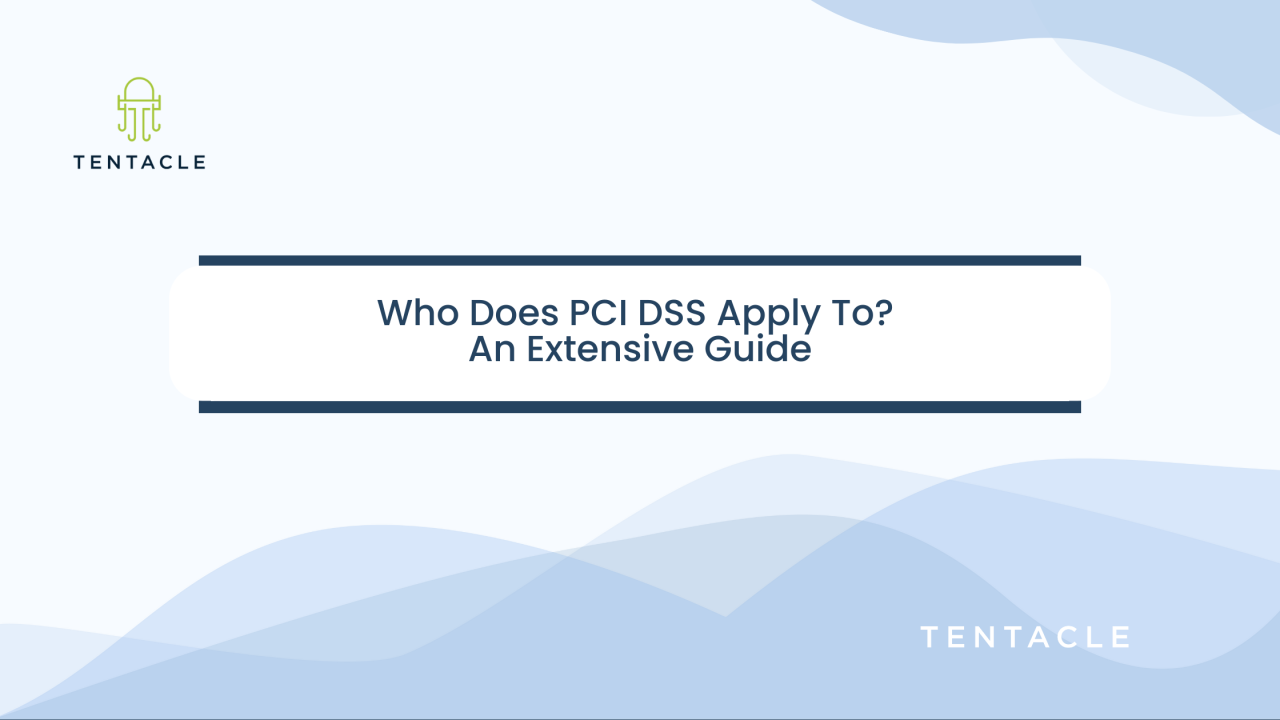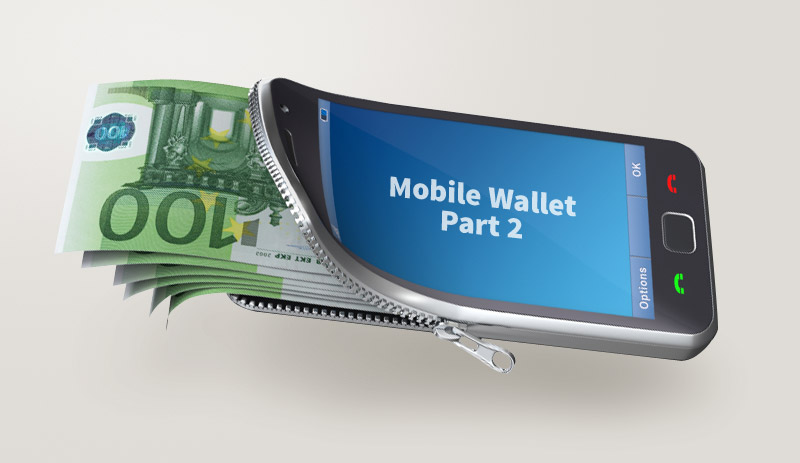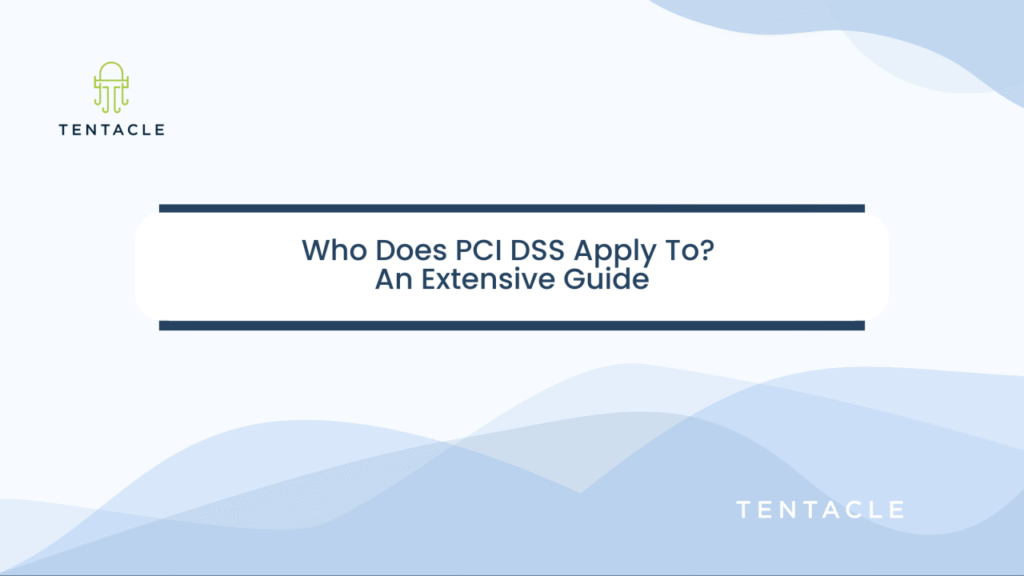What Happens If a Customer Misses a BNPL Payment? is a question that many consumers and businesses alike ponder in the dynamic landscape of payment options. The rise of Buy Now Pay Later (BNPL) schemes has transformed the way we shop, allowing for immediate gratification with the promise of future payments. However, what occurs when that promise is broken? The implications can be significant, affecting credit scores, incurring fees, and altering the customer-business relationship in unexpected ways.
As the popularity of BNPL grows, understanding the potential fallout of a missed payment becomes crucial. Not only does it put the customer’s financial health at risk, but it also poses challenges for businesses aiming to foster trust and loyalty among their clientele. By delving into the consequences of such situations, we can better navigate this evolving financial landscape.
In today’s fast-paced world, where attention spans are dwindling and competition is fierce, it is imperative to capture your audience’s interest within mere seconds. The art of persuasion, a skill cultivated over centuries, has now become a necessity for anyone aiming to communicate effectively, whether in sales, marketing, or personal interactions. In this article, we will delve into the intricacies of persuasive communication, exploring its importance, methods, and practical applications.To begin, let’s understand what persuasion truly means.
At its core, persuasion is the ability to influence someone’s beliefs, attitudes, or behavior through reasoned argument or appeal. In essence, it’s not just about getting someone to agree with you; it’s about fostering a genuine connection that opens the door to understanding. Persuasive communication can be the key to unlocking doors to opportunities, and it begins with the right mindset.One fundamental aspect of persuasive communication is knowing your audience.
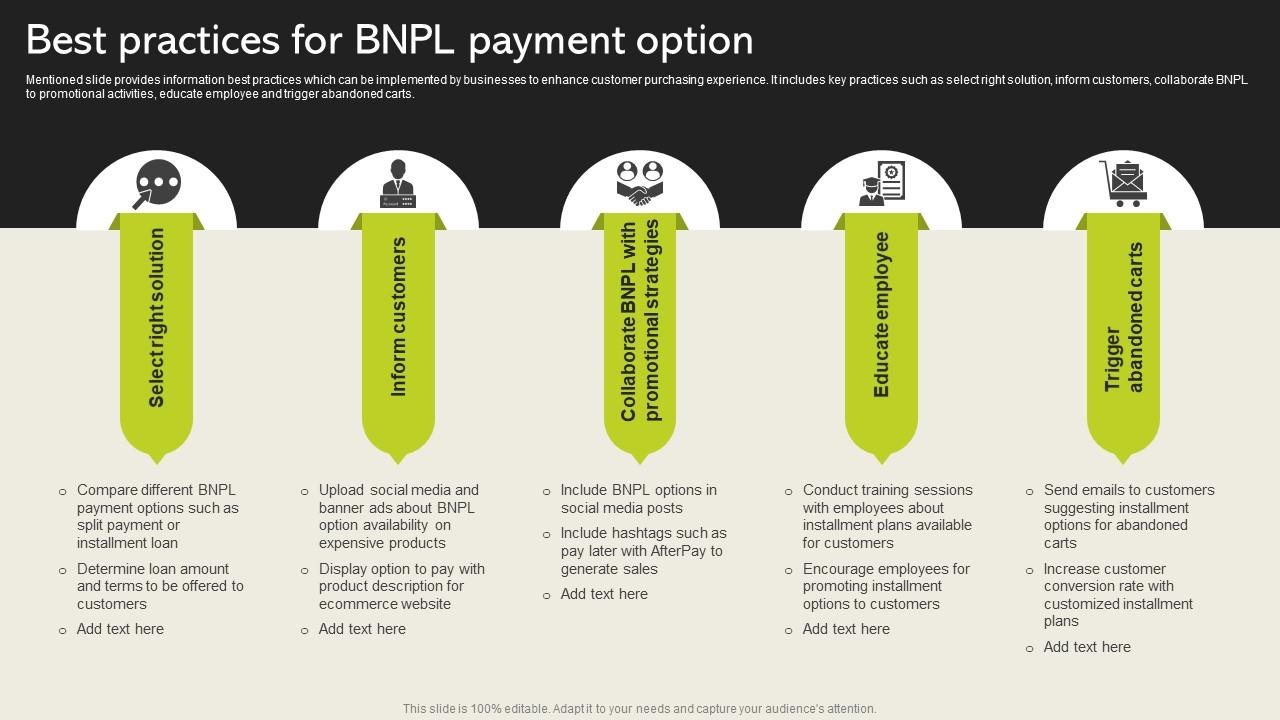
Whether you’re crafting a marketing campaign, delivering a speech, or engaging in a one-on-one conversation, understanding your audience is paramount. What are their needs, desires, and pain points? Tailoring your message to resonate deeply with their experiences can create a sense of rapport, making them more receptive to your ideas.Next, let’s explore the persuasive techniques that can make your communication more impactful.
One of the most effective methods is the use of storytelling. Humans are inherently drawn to stories; they evoke emotions and allow us to relate to others on a personal level. By weaving a compelling narrative into your message, you can engage your audience’s imagination and encourage them to see things from your perspective.Consider the story of a successful entrepreneur who faced insurmountable odds before achieving their dreams.
By sharing their journey—complete with challenges, failures, and eventual triumphs—you create an emotional connection that can inspire your audience. They begin to perceive your ideas not just as abstract concepts but as part of a relatable human experience.Another powerful technique is the use of evidence and data to support your claims. While storytelling engages emotions, facts and statistics appeal to logic.
A well-researched argument backed by credible data can solidify your position and instill trust in your audience. For instance, if you are promoting a new product, providing statistics on its success rate or customer satisfaction can help persuade potential buyers of its value.Moreover, establishing credibility is crucial in the art of persuasion. People are more likely to be influenced by someone they trust.
Share your credentials, experiences, and testimonials to bolster your authority on the subject matter. Additionally, demonstrating empathy for your audience’s concerns can foster trust and enhance your persuasive abilities. When you acknowledge their feelings and show understanding, you create an environment conducive to open communication.Now, let’s consider how to structure your persuasive communication effectively. The classic formula of ethos, pathos, and logos remains a reliable framework.
Ethos pertains to your credibility as a speaker; pathos appeals to the audience’s emotions, while logos refers to logical reasoning. Balancing these three elements can lead to a compelling and comprehensive argument.Begin with a strong opening that captivates your audience’s attention. This could be a thought-provoking question, an intriguing anecdote, or a surprising statistic. The goal is to draw them in and pique their interest right from the start.
Follow this with your main arguments, clearly delineating each point and supporting it with evidence, stories, or examples. Transition smoothly between points to maintain a cohesive flow.Towards the conclusion, reiterate your primary message and call your audience to action. Whether you want them to purchase a product, support a cause, or simply reflect on a new idea, make your request clear and compelling.
A well-crafted conclusion leaves a lasting impression, encouraging your audience to act on your message.In addition to these techniques, honing your delivery is equally important. Your tone, body language, and pacing can significantly impact how your message is perceived. Be mindful of your non-verbal cues; they can often speak louder than words. A confident posture, genuine eye contact, and a varied vocal tone can enhance your persuasiveness and help you connect with your audience on a deeper level.The digital age has transformed the landscape of communication, making persuasive skills even more essential.
With the rise of social media and online platforms, your ability to influence extends beyond face-to-face interactions. Crafting persuasive written content for blogs, social media posts, or email communications requires the same principles we’ve discussed. Engaging headlines, relatable stories, and credible information are key components for success in the digital realm.Furthermore, understanding the nuances of different platforms can help you tailor your persuasive strategies effectively.
For example, a persuasive email might focus more on data-driven arguments, while a social media post could leverage storytelling and visuals to capture attention quickly. Adapting your approach to suit the medium ensures that your message resonates with the intended audience.As we navigate through life, the ability to persuade effectively can lead to more meaningful connections, fruitful collaborations, and greater success in our endeavors.
Whether you’re a business professional, a student, or someone looking to improve personal relationships, mastering the art of persuasion is a worthwhile pursuit.In conclusion, persuasive communication is a blend of art and science, requiring an understanding of human psychology, effective storytelling, and logical reasoning. By knowing your audience, employing compelling techniques, and honing your delivery, you can enhance your ability to influence others positively.
The world is filled with opportunities waiting to be seized; with the right persuasive skills, you can expand your horizons and inspire those around you. Embrace the power of persuasion and unlock your potential to make a lasting impact in both your personal and professional life.

